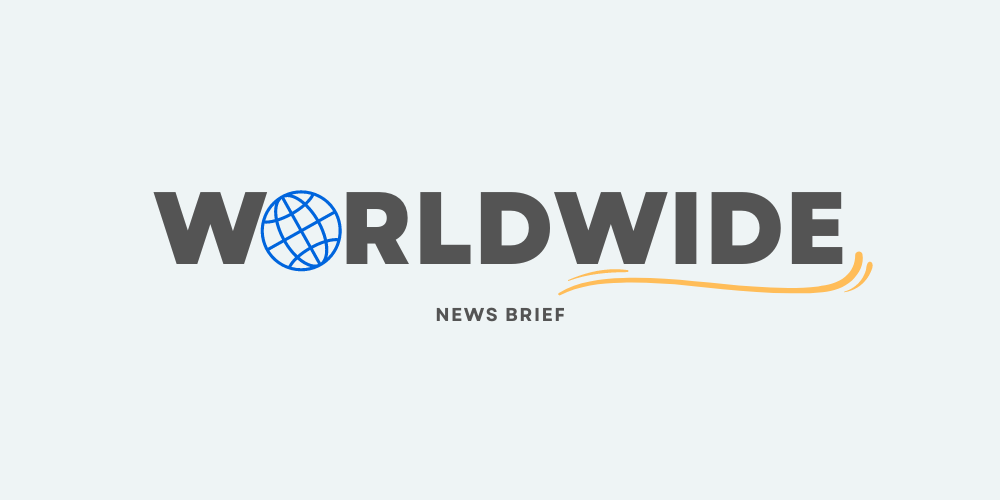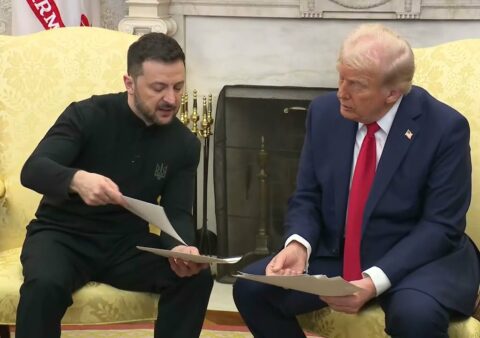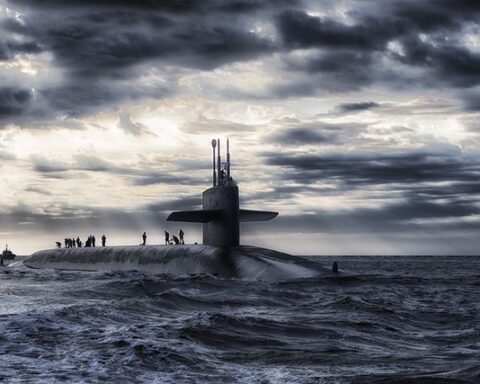A senior Pentagon official delivered a detailed framework for a potential peace agreement to President Volodymyr Zelensky in Kyiv on Thursday, underscoring the Trump administration’s renewed attempt to break the diplomatic stalemate surrounding Russia’s war in Ukraine.
The presentation, led by Army Secretary Dan Driscoll during an hourlong meeting in the Ukrainian capital, is part of a broader effort by U.S. officials to restart negotiations on an accelerated timeline, according to a U.S. official and Zelensky’s office.
The plan Driscoll outlined reflects a 28-point proposal developed by senior aides to President Trump, crafted in consultation with confidant Kirill Dmitriev, the U.S. official said. Zelensky’s office noted that Ukraine has sought peace “from the first seconds” of the invasion and supports substantive proposals that can achieve it. The ideas presented, the official added, were devised jointly by the United States and Ukraine and are intended to serve as one potential path toward ending the conflict.
The administration has not endorsed any final blueprint and expects that an eventual agreement could merge elements from competing proposals. Julie Davis, Washington’s top diplomat for Ukraine, helped shape the plan Driscoll carried to Kyiv, the U.S. official said. Driscoll also met Wednesday with senior Ukrainian defense leaders before U.S. Army generals accompanying him planned visits to Ukrainian drone factories.
A separate draft plan circulated by the administration proposes that Kyiv cede territory in the Donbas and rejects a peacekeeping force long favored by European governments. The proposal also would cap the size of Ukraine’s military and restrict the long-range weapons provided by allies. Liberal european leaders, who were not involved in developing the draft, insist any agreement must avoid pressuring Ukraine into concessions they believe would reward Moscow.
Driscoll’s high-level visit signals the administration’s attempt to reassure Kyiv that Washington seeks an arrangement “acceptable to Kyiv and Moscow,” even as nearly a year of diplomacy has failed to produce a breakthrough. His delegation, including two senior Army generals, aimed to demonstrate that the United States remains committed to a workable settlement.
Secretary of State Marco Rubio is scheduled to confer Friday with senior European national security officials. In a statement, Rubio said ending the war would require “serious and realistic ideas” and acknowledged that both sides would need to accept difficult concessions. The administration, he added, is continuing to compile potential options based on input from both parties to the conflict.
The Kremlin pushed back Thursday, with spokesman Dmitry Peskov saying Washington and Moscow were not actively discussing a cease-fire. He insisted any deal must address what Russia calls the underlying causes of the war, including NATO’s eastern expansion and Ukraine’s pro-Western orientation. European Union foreign policy chief Kaja Kallas maintained that pressure “must be on the aggressor, not on the victim,” noting Russia’s history of offering peace talks without real commitments.
European governments remain Ukraine’s largest financial and military backers. They have pledged substantial funding, imposed sweeping sanctions on Russia, and proposed playing a significant role in postwar security. European leaders, including French Foreign Minister Jean-Noel Barrot, emphasized that while they want peace, they reject any plan that would amount to Ukrainian capitulation. Zelensky has repeatedly insisted that Ukraine will not cede territory and requires firm security guarantees to ensure any peace is durable.
[READ MORE: Musk and Nvidia Join Saudi Partner to Build Major AI Data Center as U.S.-Saudi Tech Ties Deepen]









